Press the right key for the next slide (or swipe left)
also ...
Press the left key to go backwards (or swipe right)
Press n to toggle whether notes are shown (no equivalent if you don't have a keyboard)
Press m or double tap to see a menu of slides
Action: The Basics
When do human infants first track goal-directed actions
rather than mere movements only?
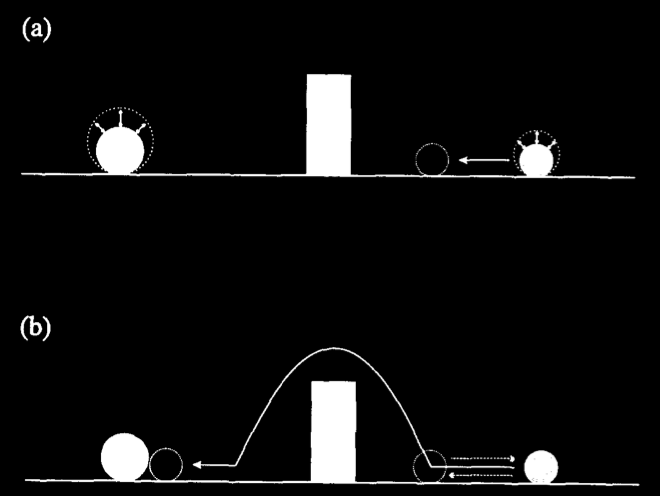
Gergely et al 1995, figure 1
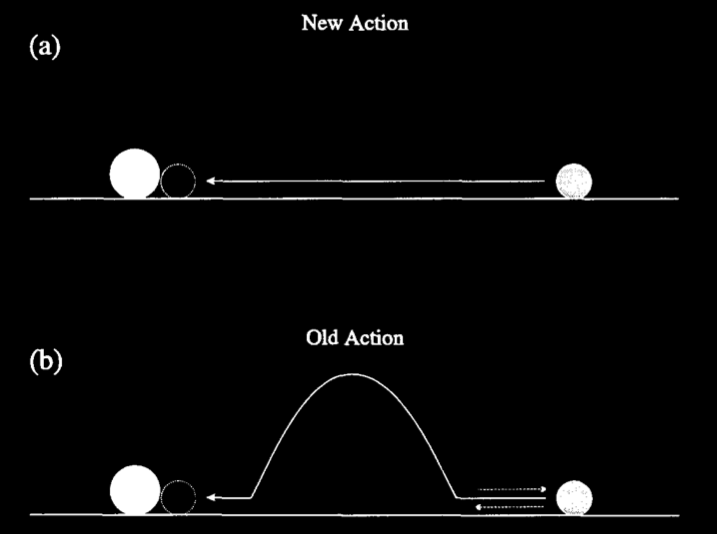
Gergely et al 1995, figure 3
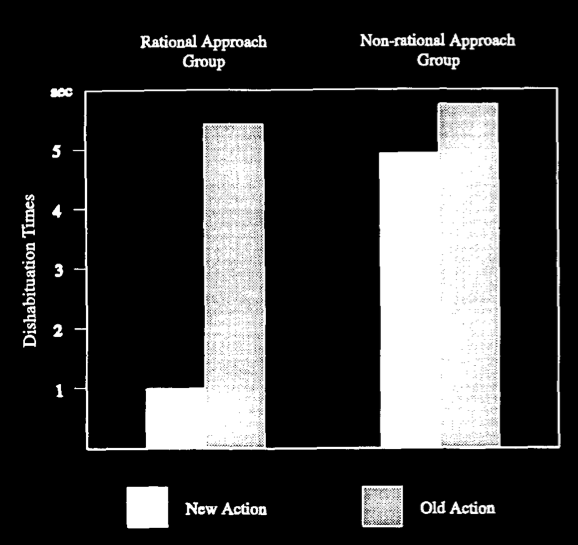
Gergely et al 1995, figure 5
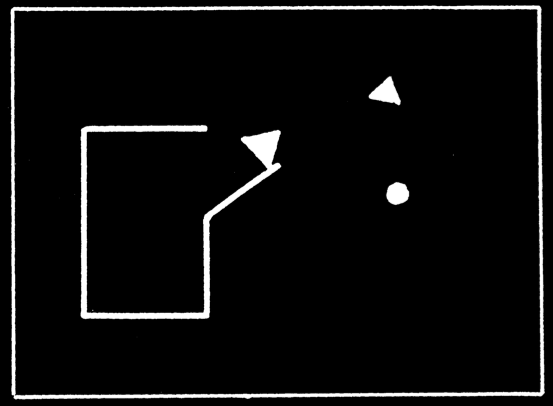
Heider and Simmel, figure 1
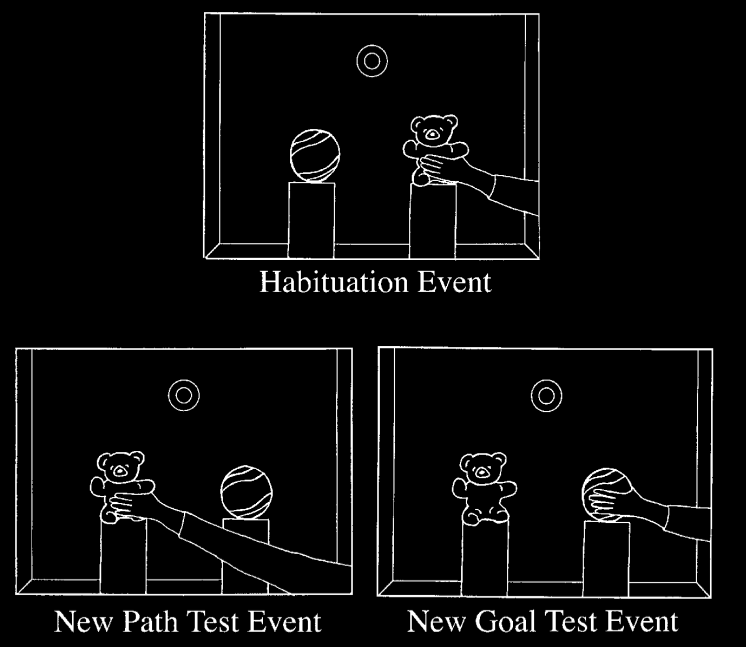
Woodward et al 2001, figure 1
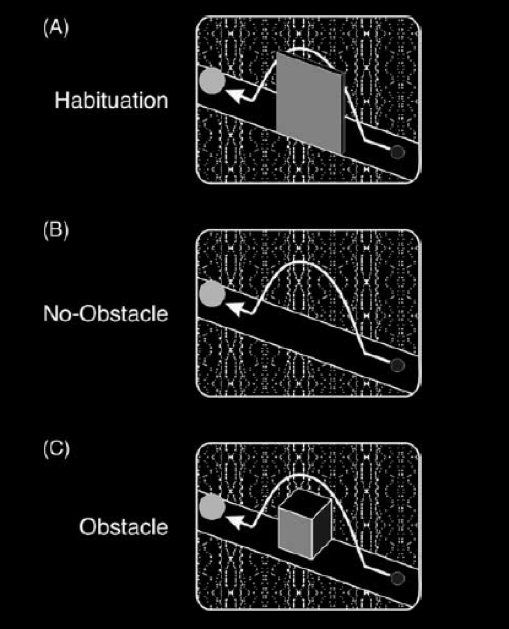

Csibra et al 2003, figure 6
human adults

Heider and Simmel, figure 1
automatic? perceptual?
‘just as the visual system works to recover the physical structure of the world by inferring properties such as 3-D shape, so too does it work to recover the causal and social structure of the world by inferring properties such as causality’
Scholl & Tremoulet 2000, p. 299
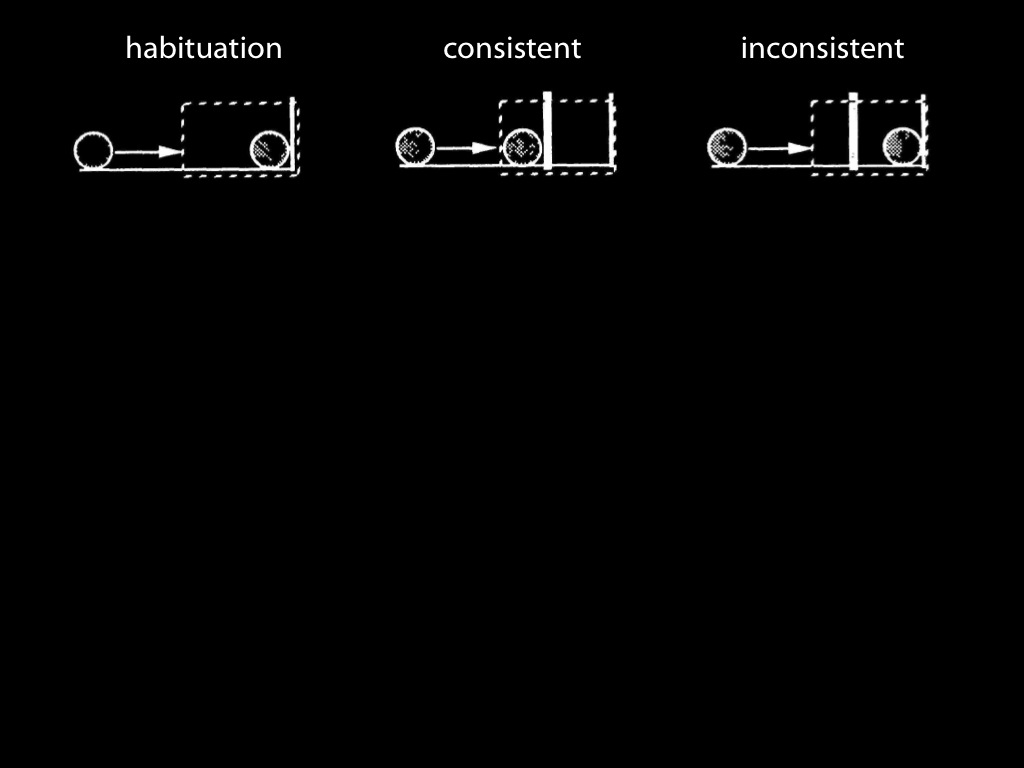
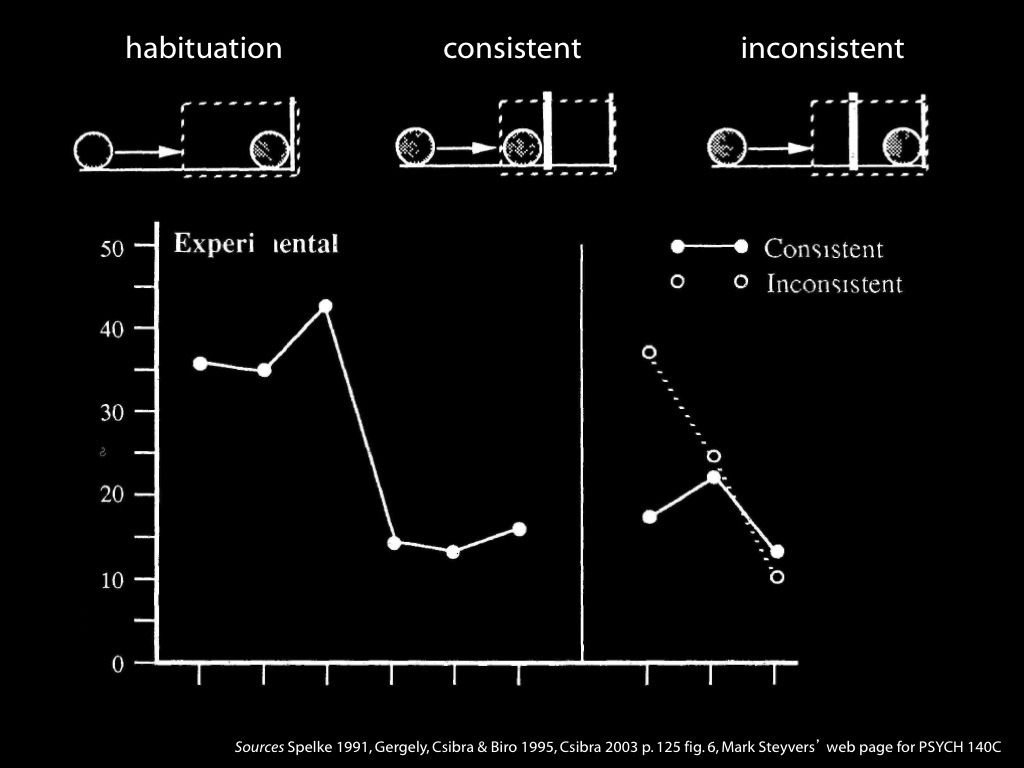
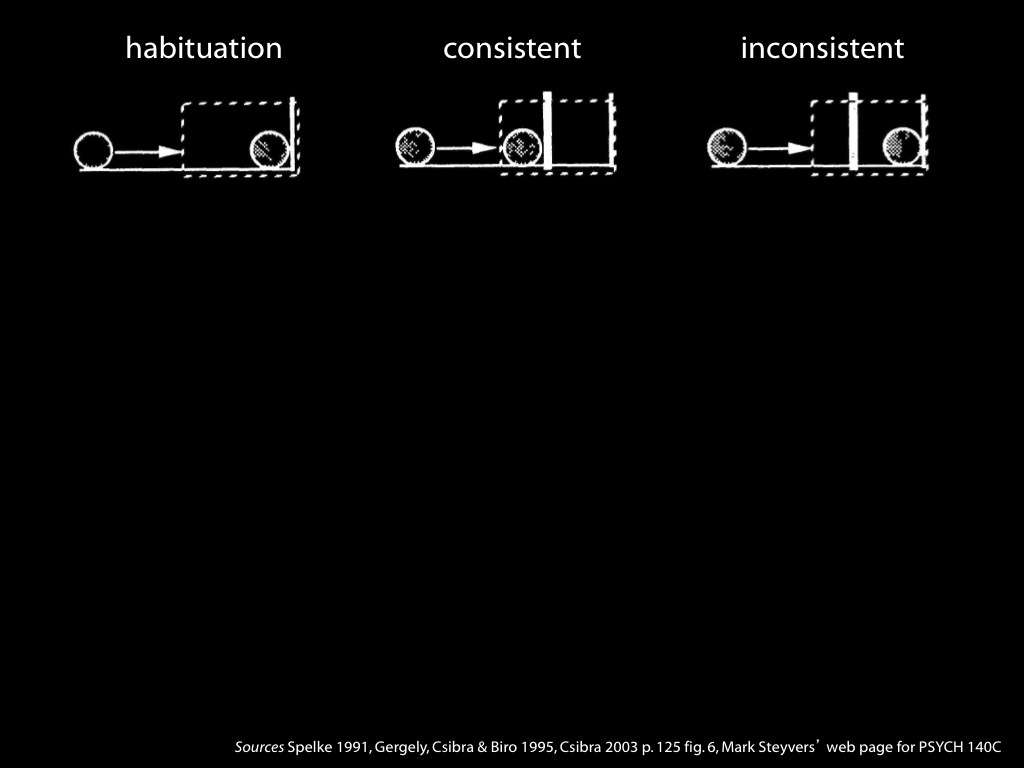
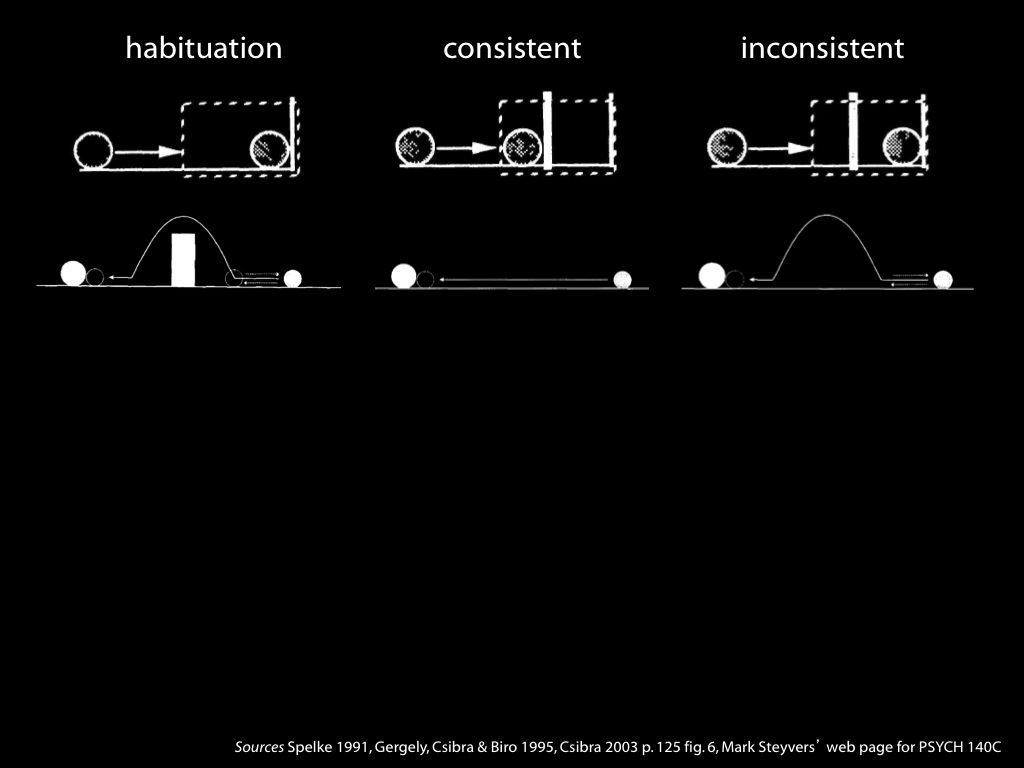
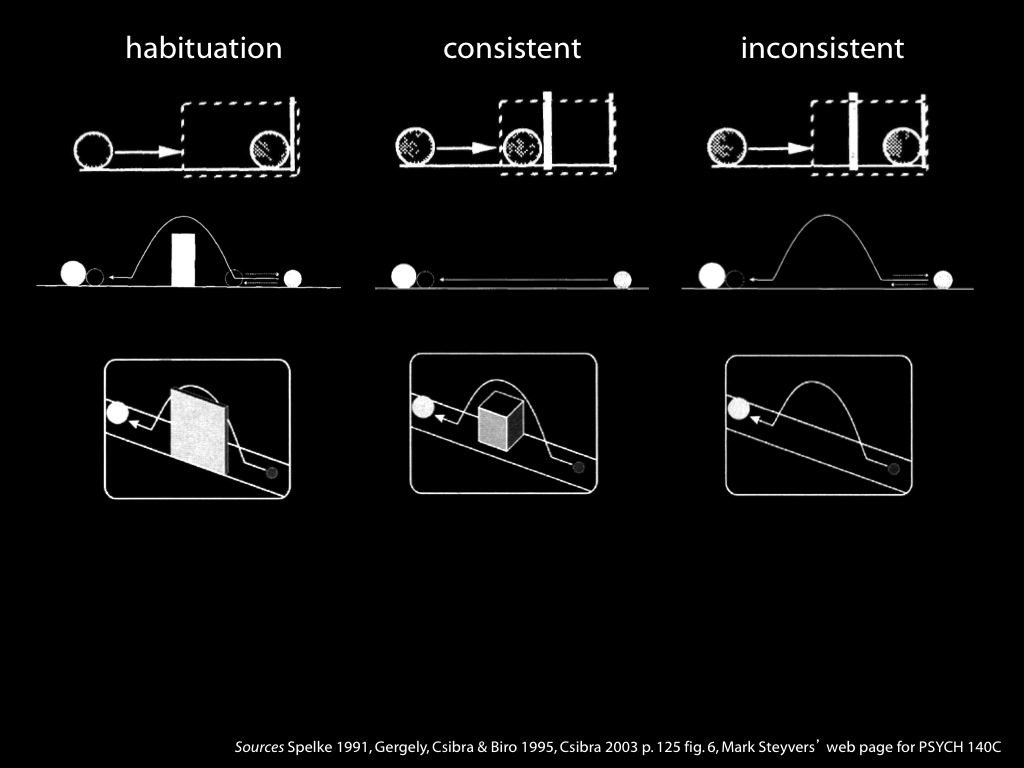
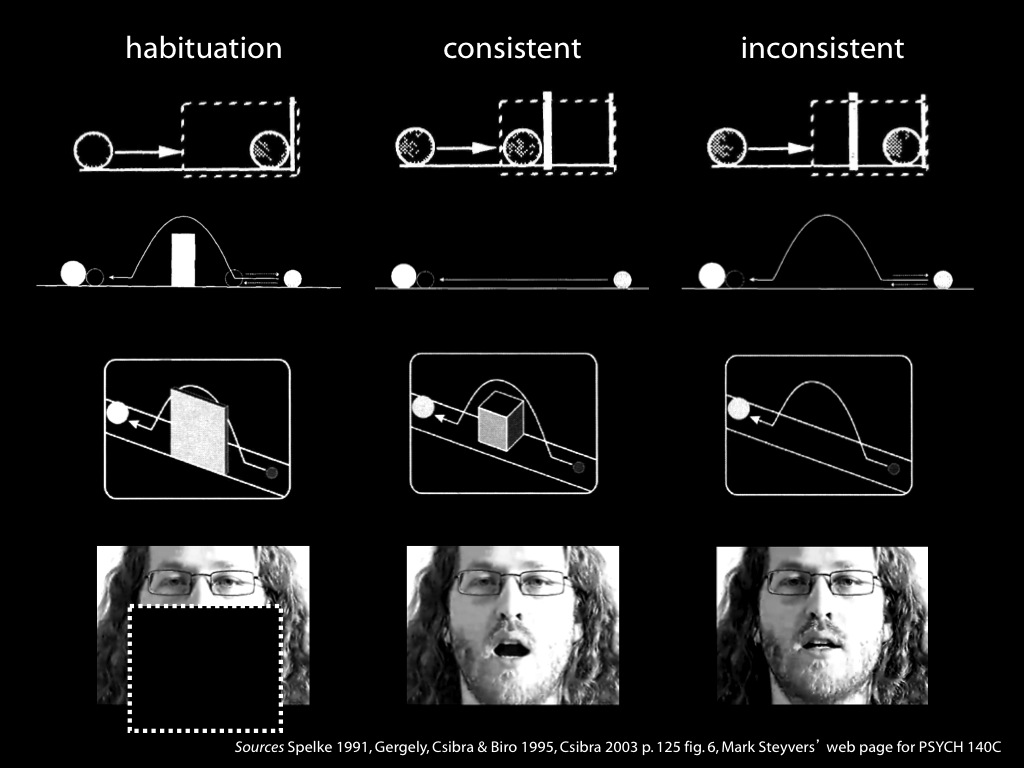
evidence?
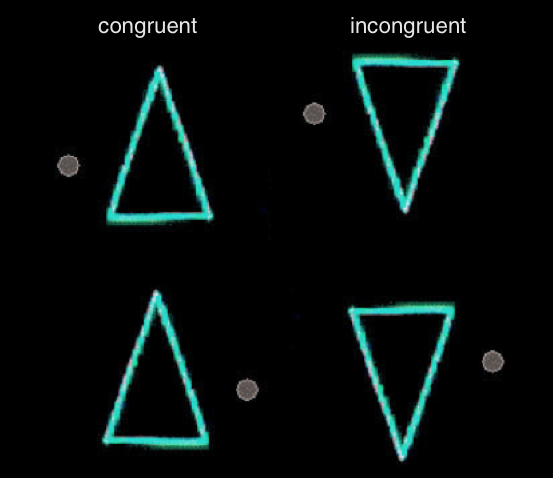
Zwickel et al 2011, figure 1
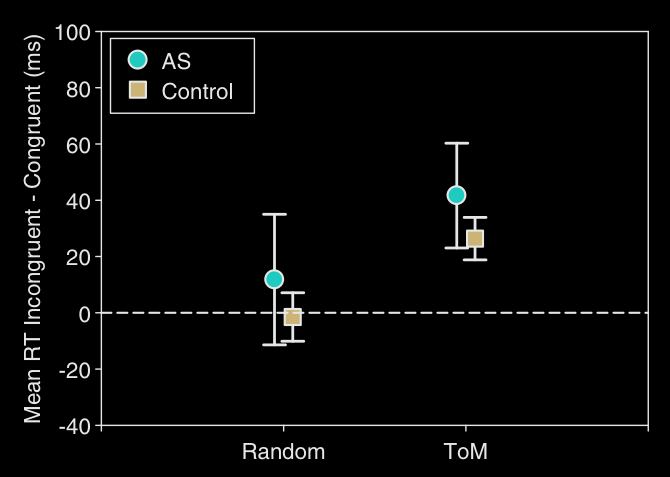
Zwickel et al 2011, figure 2

Zwickel et al 2011, figure 1
altercentric interference
nonhuman primates
So far ...
- Infants track the goals to which actions are directed from around three months of age.
- Adults’ abilities to track goal-directed action may resemble their abilities to track causal interactions in being (i) automatic and perhaps even (ii) perceptual.
core knowledge of
- (colour)
- physical objects
- mental states
- (syntax)
- action
- number